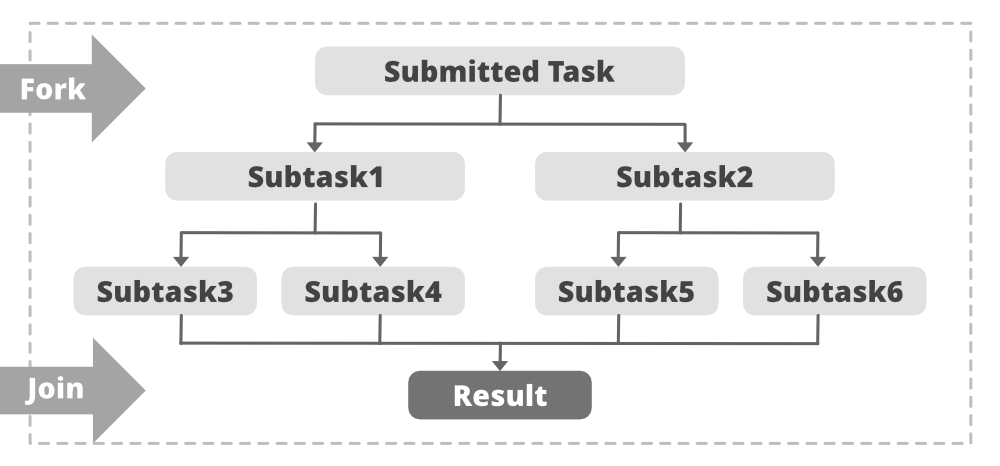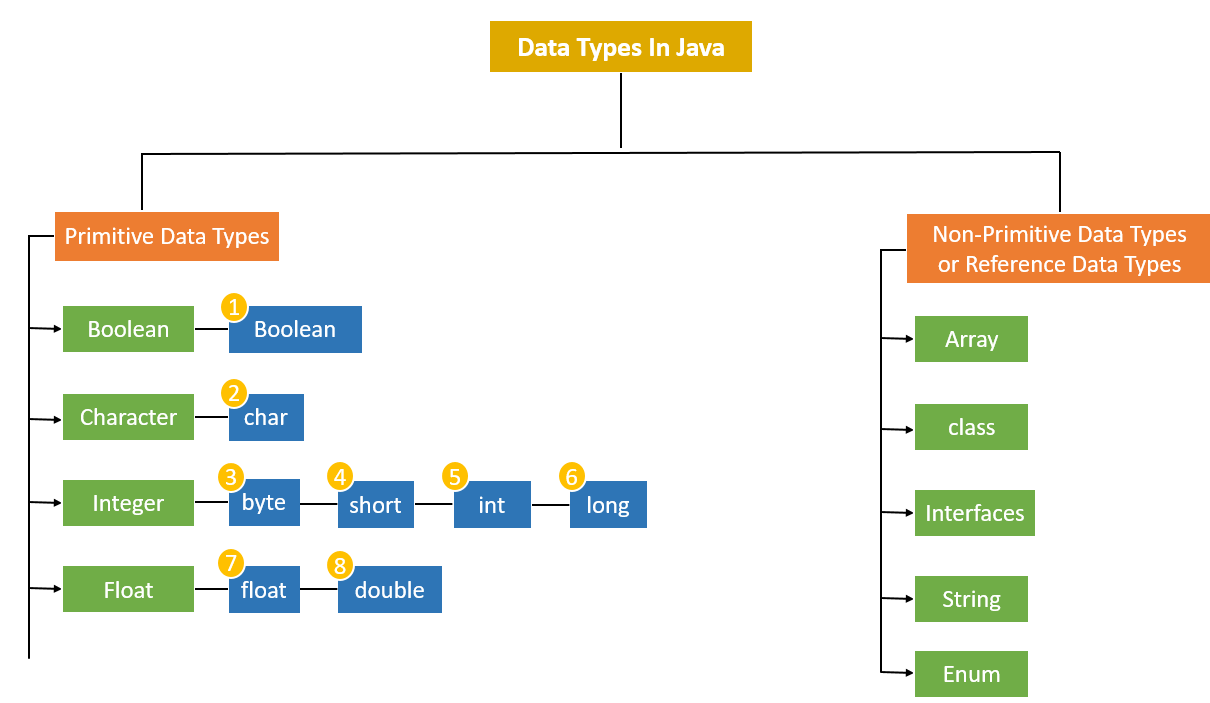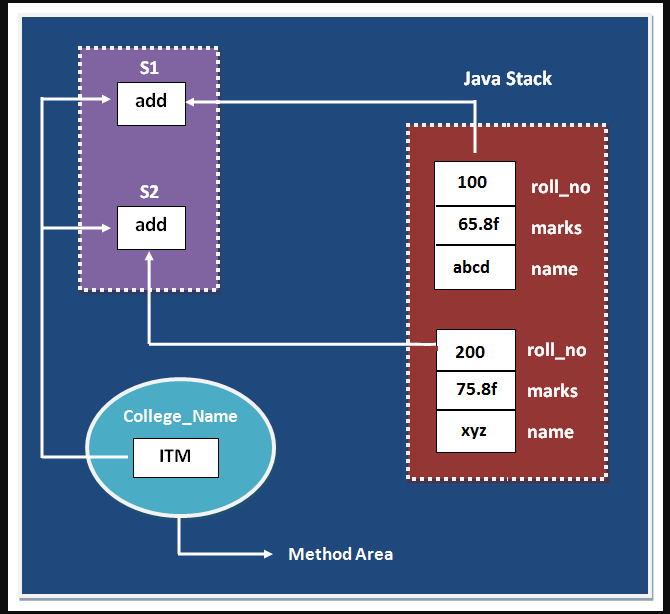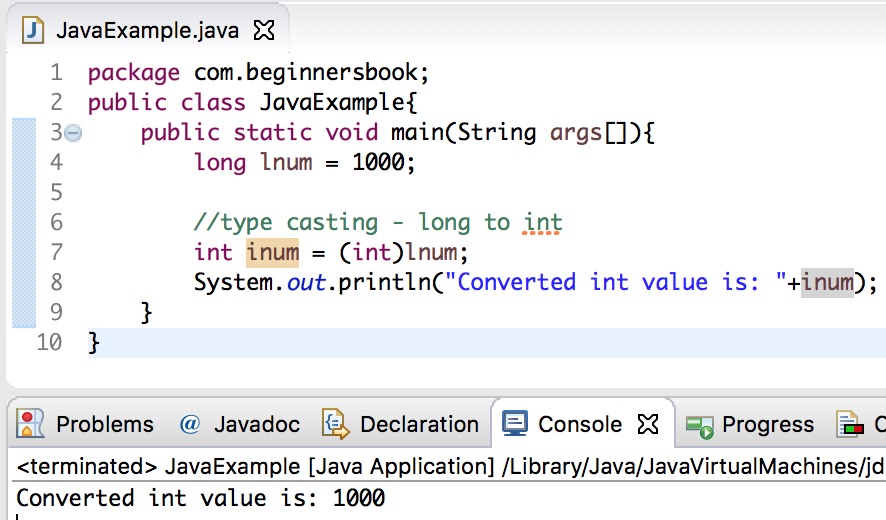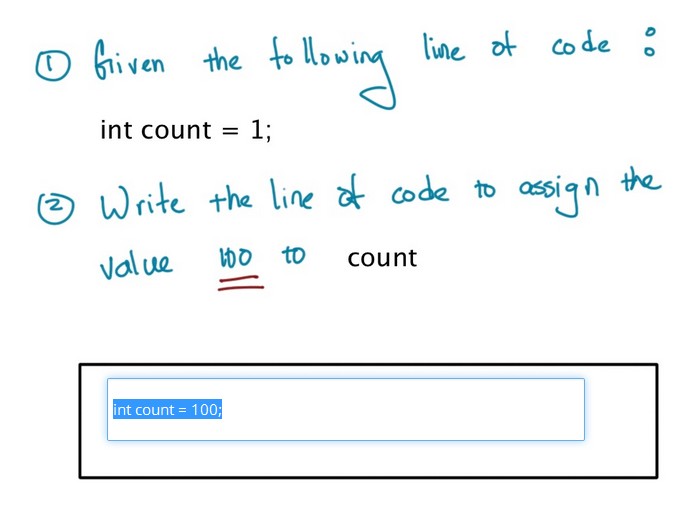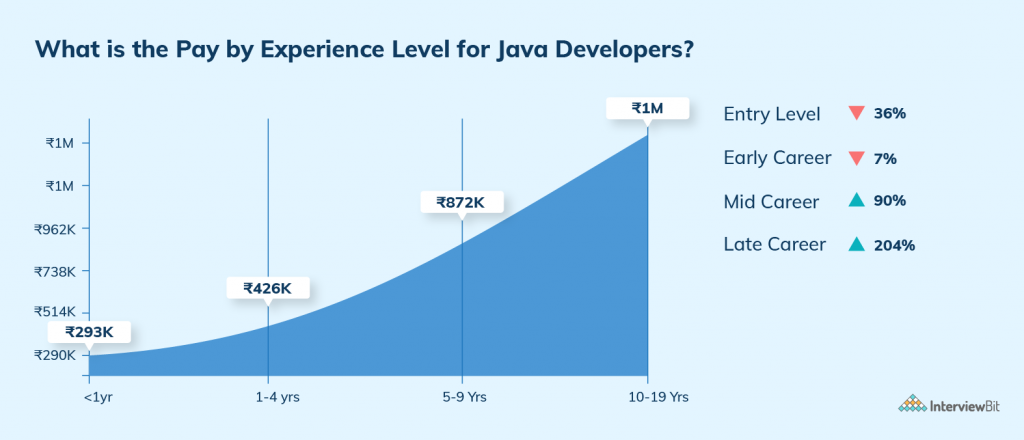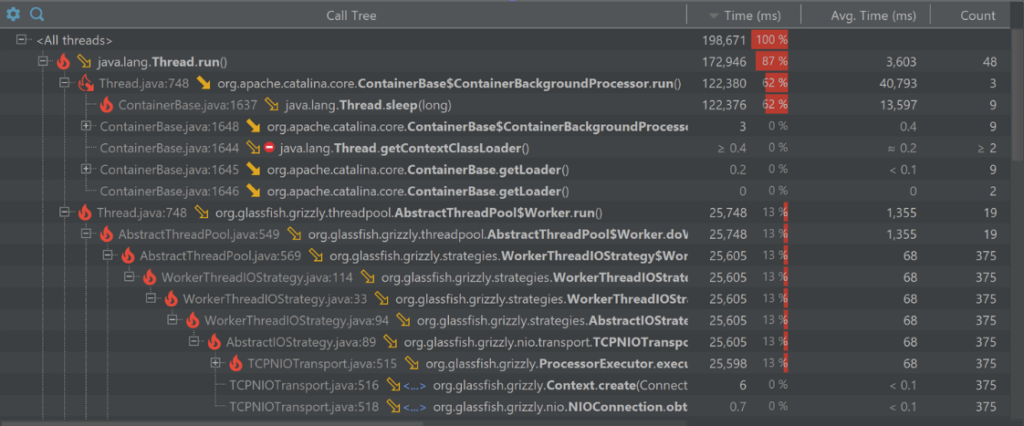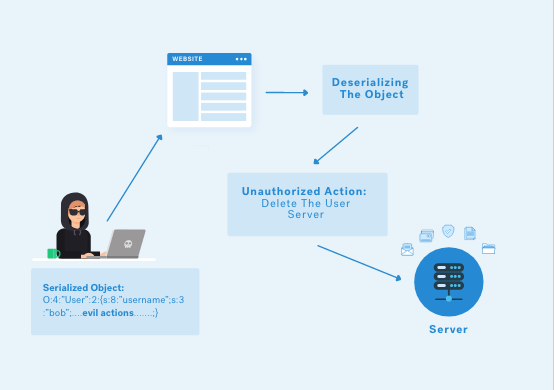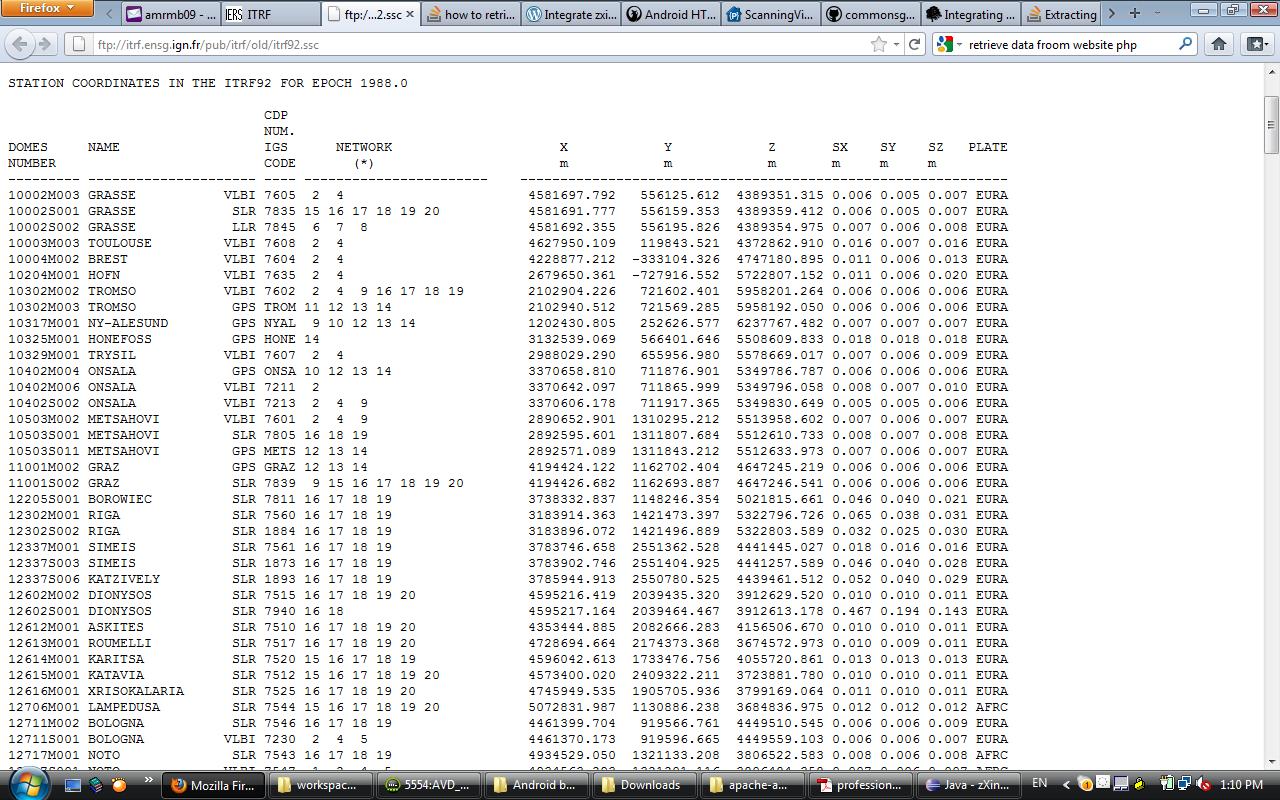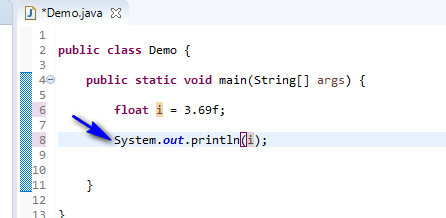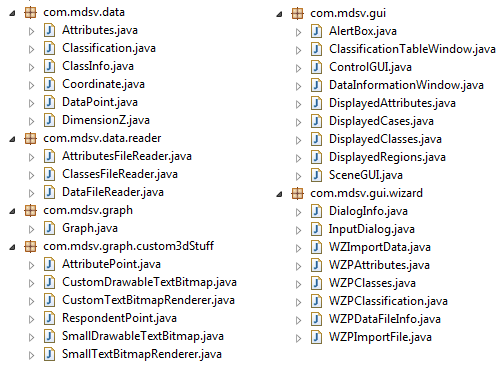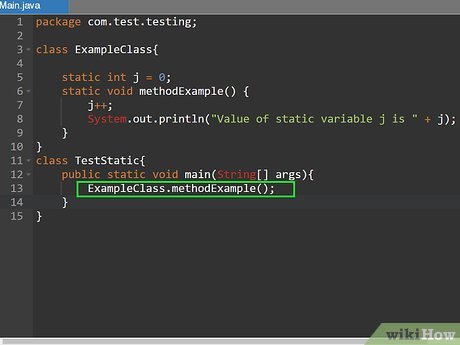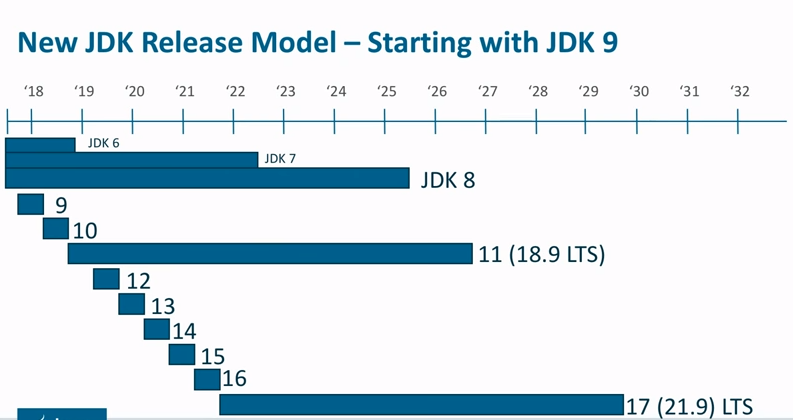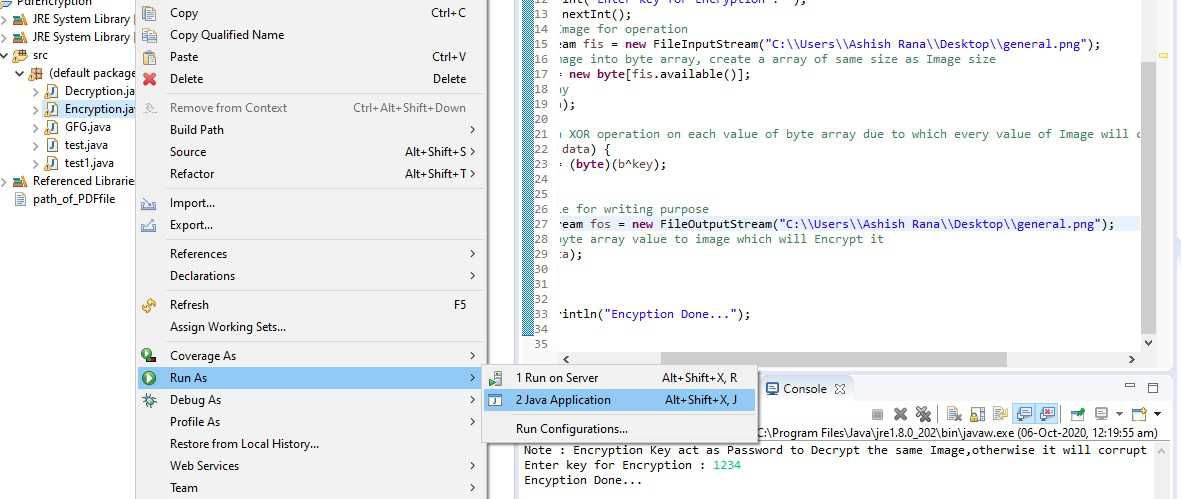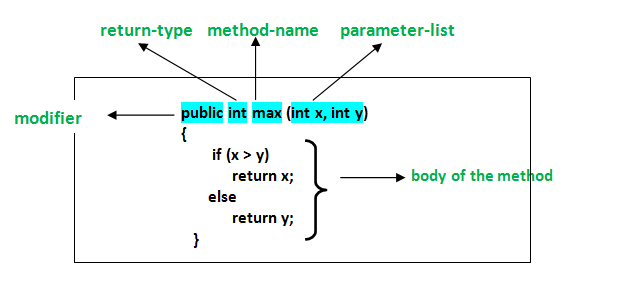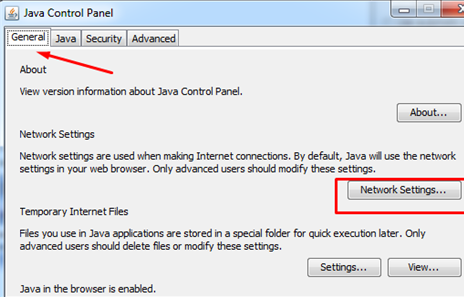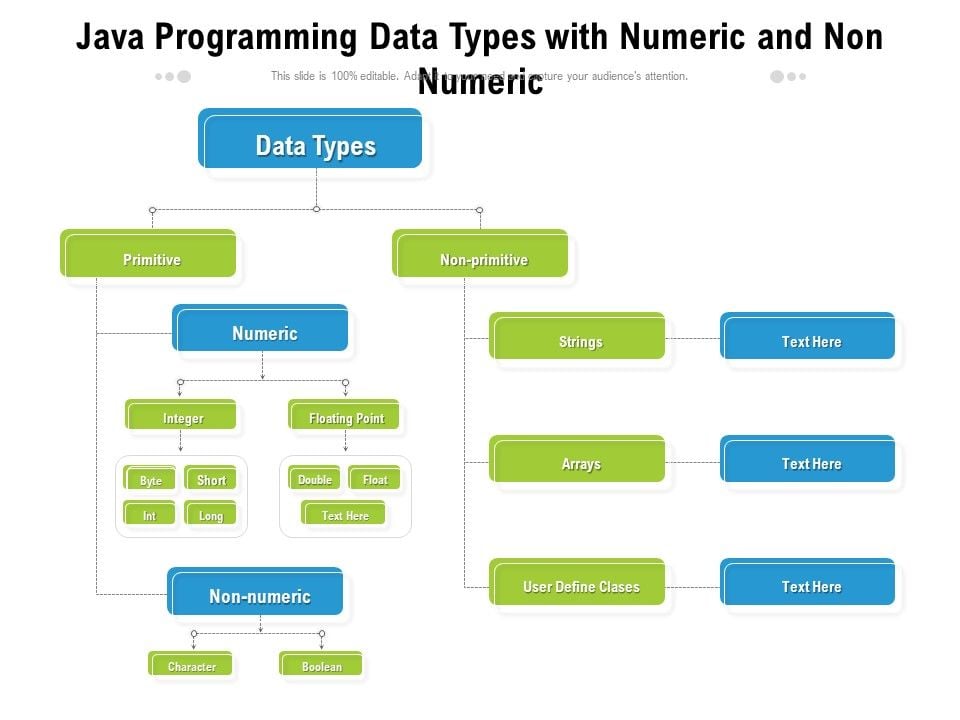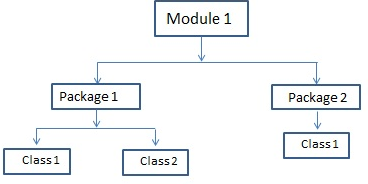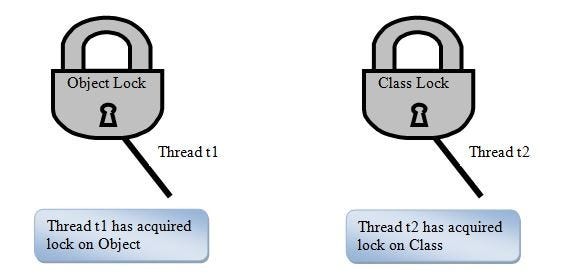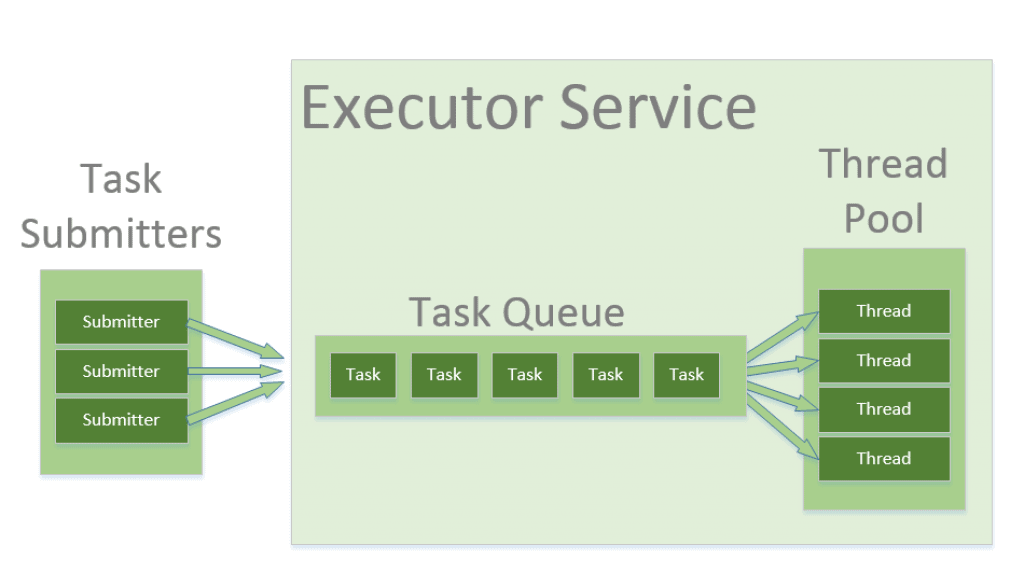What is the difference between iterator and loop in Java?
What is the difference between iterator and loop in Java?
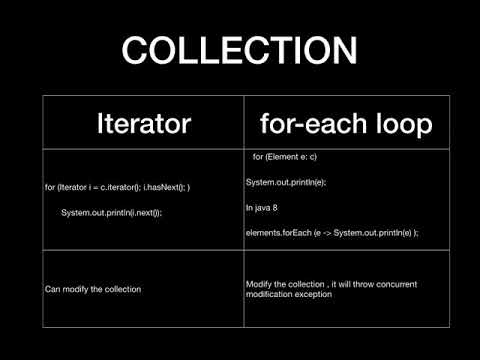
I'm happy to help you with your question!
In Java, both iterators and loops are used to repeat a set of statements multiple times. However, they have distinct differences in terms of functionality, usage, and benefits.
Loops
A loop is a control structure that allows you to execute a block of code repeatedly for a specified number of iterations or until a certain condition is met. Loops provide the flexibility to control the flow of your program's execution. There are three primary types of loops in Java:
For Loop: Used to iterate over an array, collection, or a range of values. While Loop: Executes a block of code as long as a specified condition is true. Do-While Loop: Similar to the while loop, but it checks the condition after executing the loop body.Loops are useful when you need to:
Repeat a task multiple times Perform an action until a certain condition is met Iterate over a collection or arrayIterators
An iterator is an object that enables you to traverse a collection (such as a list, set, or map) and access its elements one by one. An iterator allows you to:
Access each element in the collection without knowing its index or position Use the iterator to perform operations on each elementJava provides several types of iterators, including:
ListIterator: Allows bidirectional traversal (forward and backward) over a list. Iterator: Enables iteration over a collection, but it does not provide methods for moving the cursor forward or backward.The key benefits of using iterators are:
Convenience: Iterators simplify code by eliminating the need to manually keep track of indices or positions. Flexibility: You can use iterators to perform operations on each element in a collection without having to know its index. Improved Code Readability: By focusing on the elements rather than their positions, your code becomes more readable and maintainable.Key differences between Iterators and Loops
Purpose: Loops are designed for repetitive execution of a block of code, while iterators are used for traversing collections. Scope: Loops have a broader scope, as they can be used for various purposes, including arrays, conditions, and other control structures. Iterators are specifically designed for working with collections. Complexity: Loops often require more complex logic to manage the loop's condition or counter. Iterators simplify this process by providing methods likehasNext() and next(). Performance: In general, iterators tend to be more efficient than loops when dealing with large datasets.
In summary, while both loops and iterators are used for repetition in Java, they serve distinct purposes. Loops are better suited for controlling the flow of your program's execution, whereas iterators excel at traversing collections and accessing their elements. Understanding the differences between these two concepts can help you write more efficient, readable, and maintainable code.
I hope this explanation helps clarify the difference between iterators and loops in Java!
What does iterator do in list Java?
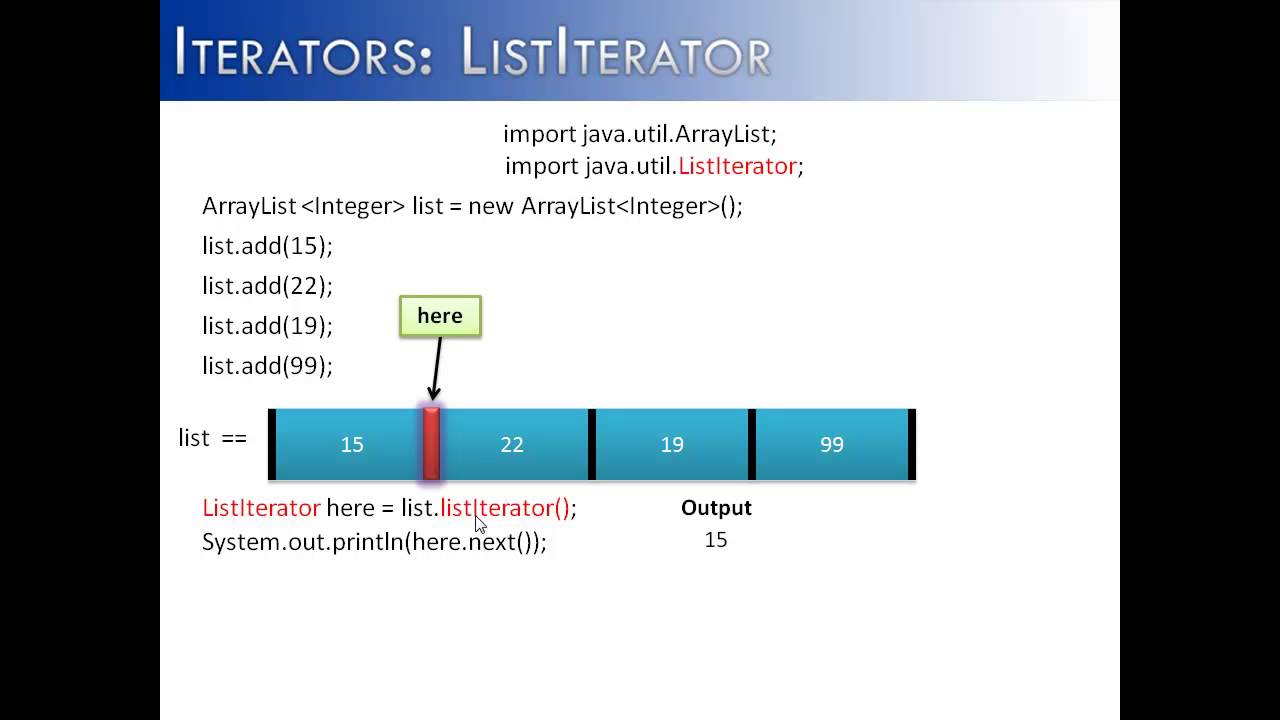
I'd be happy to explain what an iterator does in the context of lists in Java!
In Java, an iterator is a class that allows you to traverse through a collection (like a list) and access its elements one by one. The purpose of an iterator is to provide a way to iterate over a list without having to know how many elements are in the list or what those elements are.
A key concept here is the concept of "state". An iterator keeps track of its own state, which includes the current position within the list and the next element to be retrieved. When you call the next() method on an iterator, it advances to the next element in the list and returns that element.
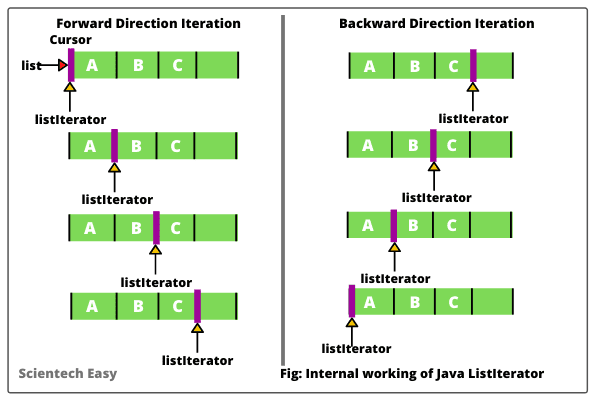
Here's a high-level overview of how iterators work in Java:
Creating an Iterator: To use an iterator, you first need to create one for your list. This can be done by calling theiterator() method on the list, which returns an iterator object. Using an Iterator: Once you have an iterator, you can start using it to retrieve elements from the list. The basic operation is a loop that keeps calling the next() method until there are no more elements left in the list.
Here's some sample code that demonstrates how to use an iterator to print out all the elements of a list:
import java.util.ArrayList;
import java.util.Iterator;
public class Main {
public static void main(String[] args) {
ArrayList myList = new ArrayList<>();
myList.add("Element1");
myList.add("Element2");
myList.add("Element3");
Iterator iterator = myList.iterator();
while (iterator.hasNext()) {
System.out.println(iterator.next());
}
}
}
This code creates a list of strings, then uses an iterator to print out all the elements in the list.
Now, let's talk about some of the benefits of using iterators:
Flexibility: Iterators provide a way to iterate over any type of collection, including lists, sets, and maps. Efficiency: Using iterators is generally more efficient than using other methods, such as manual looping or callingget() on every index. Readability: Code that uses iterators can often be written in a more readable style than code that uses manual loops.
And here are some of the common operations you might perform with an iterator:
next(): Advances to the next element in the list and returns it. hasNext(): Returns true if there is another element after the current one, and false otherwise. remove(): Removes the current element from the list.It's worth noting that Java provides several types of iterators, including:
ListIterator: Provides a way to iterate over both forward and backward through a list. Iterator: Only allows iterating in the forward direction. NavigableIterator: Allows iterating in both forward and backward directions, as well as finding specific elements.In conclusion, iterators are a powerful tool that can be used with any type of collection (including lists) to traverse and access its elements one by one.
